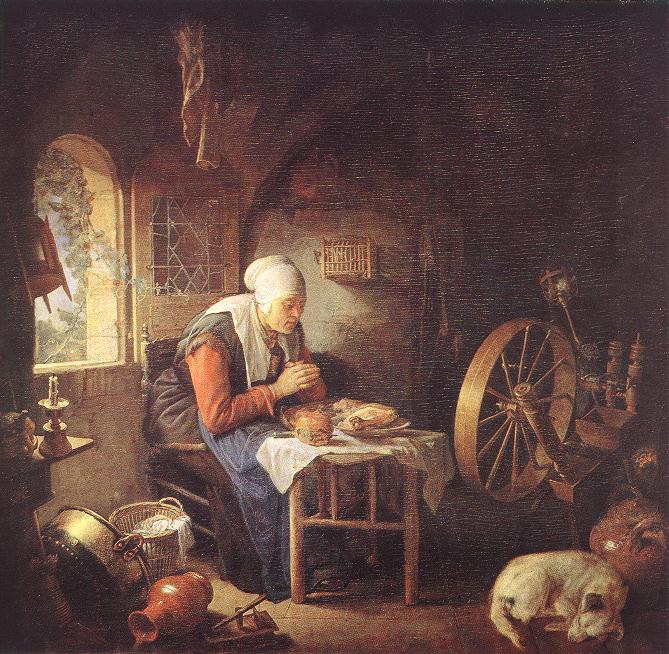Freedgood compares Realist novel writing to testifying under oath: the experience the novelist writes about, the experience of reading and understanding the text has to be as true and legitimate as swearing under oath. She is aware of the distortions of perception when representing a character and she has faith in what she knows is truly there. For instance, when she brings up the example of the dressmaker, she is essentially bringing this character to life by automatically making her readers associate the dressmaker as part of the dressmaking community, which comes with it’s own stereotypes and identities that fit a certain class, gender group, social status (occupation).
When she speaks further about Realism, she mentions that fiction may not be the true or accurate representation of reality but it paints a picture and gives us an idea of the meaning and symbols we encounter in our life, sentimental truth.
Vernon Lee says that aesthetic questions lead to ethical ones, something deeper. Although aesthecs can be tweaked and distorted, it gives us a deeper understanding and meaning in to the truth and reality, as seen in British cultural works.
Realism is supposed to teach the readers about the world by experiencing it through different mediums. She believes through a clear, realistic lens is the most effective way of doing so.
Realism was also a form of social change. Since multimedia wasn’t around then, the genre of Realism was a way of communicated and being in touch with issues the world faced during that time. Dickens was a great novelist who wrote about Britian’s poverty population. Many others also wrote for social change: Margaret Oliphant for womens rights, Oscar Wildes who wrote texts with themes of sexuality, and later on Eliot, for the existence of the Israeli state.
Realism contrasts Romanticism. Instead of fantasy and miracles, the Realist writes on ordinary, relatable events by combining the visual, psychological and the social to create verisimilitude- something representing reality.
Like Jane Eyre, Eliot’s novel represents the underlying reality and truth of the time, maybe her own story. But the writer has to find that balance between the reality and the representation or visual.
Interesting that Realism was the “competition” of photography. As photographs depicted this instant, very real snapshot in time, so does Realism. Through writing, Realists paint very vivid pictures of society.
Eliot switches the narration of her novel from a tale of Adam Bede to reality, which sort of jolts the reader of this book, forcing them to detach themselves from the tale and snap back into this objective reality and understanding that these issues are present and prominent
She felt it was crucial to clarify her opinions on controversial subjects occurring during the time period. She writes this chapter as a break in her book to explain the literary method of Realism, which she plans to tell the truth about people instead of romanticizing or creating a fantasy about them, a way to digress from emotion.
She calls out the reader for wanting these made up stories of characters that don’t exist, all with perfect scenarios and happy endings. By bringing the reader away from her novel and back to reality for a chapter, it forces them to realize that life isn’t this perfect moral fairytale.
This reminds me of the society we live in and how social media is very similar to the issues Eliot addresses in this chapter. These days, much of our entertainment (Snapchat, Instagram and Facebook) is circled around photography. The thing is, we post what we want our “friends” to see. Our pictures are heavily edited, to make others believe that our lives are perfect, fun and beautiful.
Like realism, we publish content for the public/ for an audience to look at. Eliot states that instead of depicting her characters and their situations as perfect molds that will please society, she shows them as real people. This is exactly what we do with social media today, which is why I find the notion of Realism very interesting and relevant to our day.

